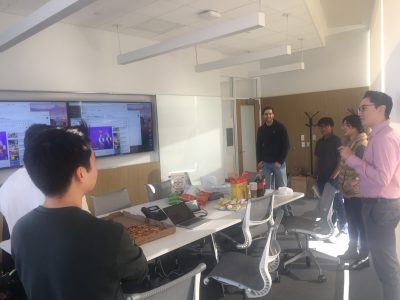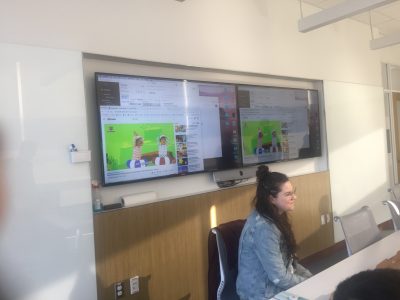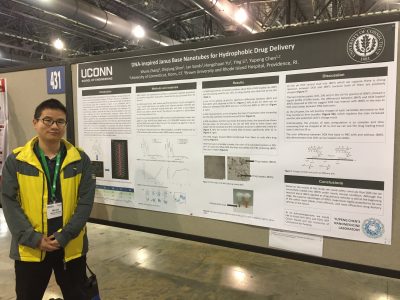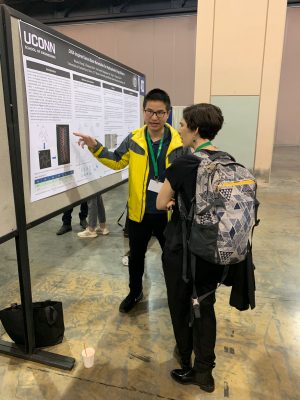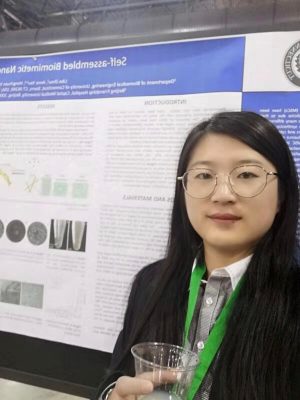Last Friday, we had the honor of inviting Dr. Webster to come to give a talk in our school on the topic "Goodbye Hospitals: Hello Implantable Nanosensors”
He gave a great talk and he was an amazing teacher. And guess what?! He was our PI's PI. He told us that the students under Dr.Chen are now his (Professor Webster's) grand-students! (Get it? Get it? Grandkid??)

This is his WEBSITE
Research:
There is an acute shortage of organs due to disease, trauma, a congenital defect, and most importantly, age-related maladies. While tissue engineering (and nanotechnology) has made great strides towards improving tissue growth, infection control has been largely forgotten. Critically, as a consequence, the Centers for Disease Control have predicted more deaths from antibiotic-resistant bacteria than all cancers combined by 2050. Moreover, there has been a lack of translation in real commercial products. This talk will summarize how nanotechnology can be used to increase tissue growth and decrease implant infection without using antibiotics but using sensors (while getting regulatory approval). Our group has shown that nanofeatures, nano-modifications, nanoparticles, and most importantly, nanosensors can reduce bacterial growth without using antibiotics. This talk will summarize techniques and efforts to create nanosensors for a wide range of medical and tissue engineering applications, particularly those
that have received FDA approval and are currently being implanted in humans.
Biography:
Thomas J. Webster’s (H index: 90) degrees are in chemical engineering from the University of Pittsburgh (B.S., 1995) and in biomedical engineering from Rensselaer Polytechnic Institute (M.S., 1997; Ph.D., 2000). Prof. Webster has graduated/supervised over 189 visiting faculty, clinical fellows, post-doctoral students, and thesis completing B.S., M.S., and Ph.D. students. To date, his lab group has generated over 13 textbooks, 68 book chapters, 276 invited presentations, at least 583 peer-reviewed literature articles and/or conference proceedings, at least 867 conference presentations, and 42 provisional or full patents. He is the founding editor-in-chief of the International Journal of Nanomedicine (pioneering the open-access format). Prof. Webster currently directs or co-directs several centers in the area of biomaterials: The Center for Natural and Tropical Biomaterials (Medellin, Colombia), The Center for Pico and Nanomedicine (Wenzhou China), and The International Materials Research Center (Soochow, China). Prof. Webster has received numerous honors including but not limited to: 2012, Fellow, American Institute for Medical and Biological Engineering (AIMBE, representing the top 2% of all medical and biological engineers); 2013, Fellow, Biomedical Engineering Society; 2015, Wenzhou 580 Award; 2015, Zheijang 1000 Talent Program; 2016, International Materials Research Chinese Academy of Science Lee-Hsun Lecture Award; 2016, International College of Fellows, Biomaterials Science and Engineering; 2016, Acta Biomaterialia Silver Award; 2018, Fellow, National Academy of Inventors; 2019, Overseas Fellow, Royal Society of Medicine (UK); and 2019, Fellow, International Journal of Nanomedicine. He also served as the President of the U.S. Society For Biomaterials. He has appeared on BBC, NBC, ABC, Fox News, the Weather Channel, the Discovery Channel, and the recent special ‘Year Million’ TV series on National Geographic talking about the future of medicine and science.


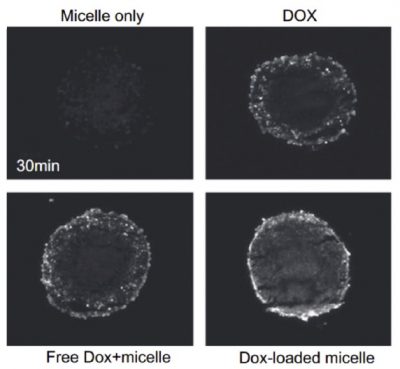
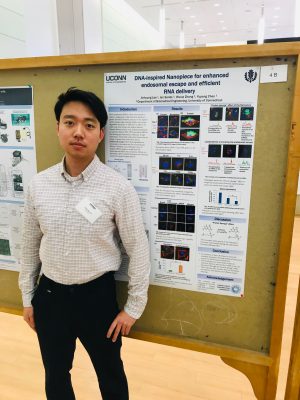
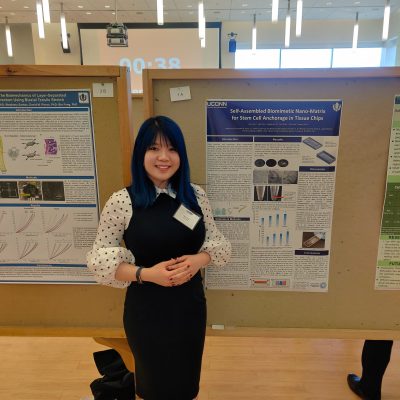
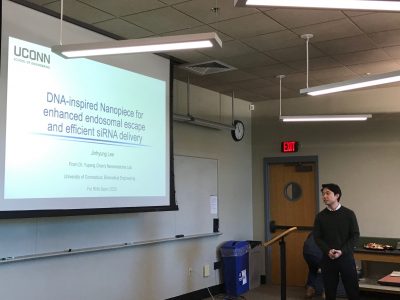
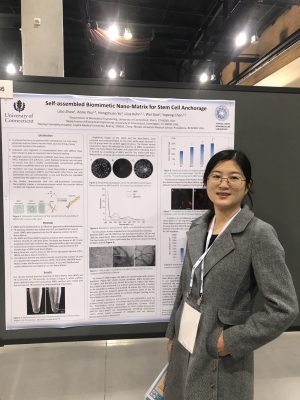
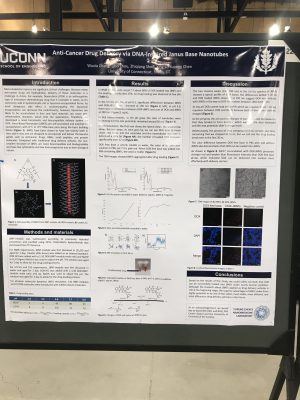
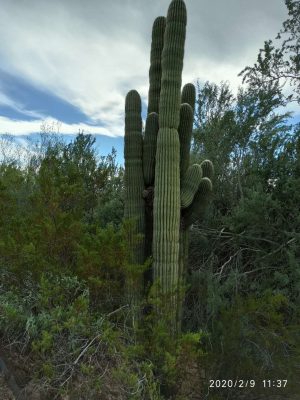
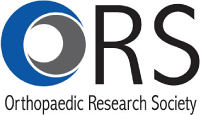
 Schematic illustration of the hierarchical self-assembly of JBNTs with a lysine side chain.
Schematic illustration of the hierarchical self-assembly of JBNTs with a lysine side chain.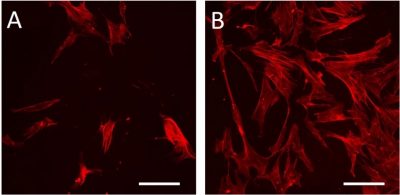 Fluorescence images of (A) the hMSCs and (B) the hMSC incubated with the JBNT/FN Nano-Matrix. Scale bar: 100 mm
Fluorescence images of (A) the hMSCs and (B) the hMSC incubated with the JBNT/FN Nano-Matrix. Scale bar: 100 mm Image:
Image: